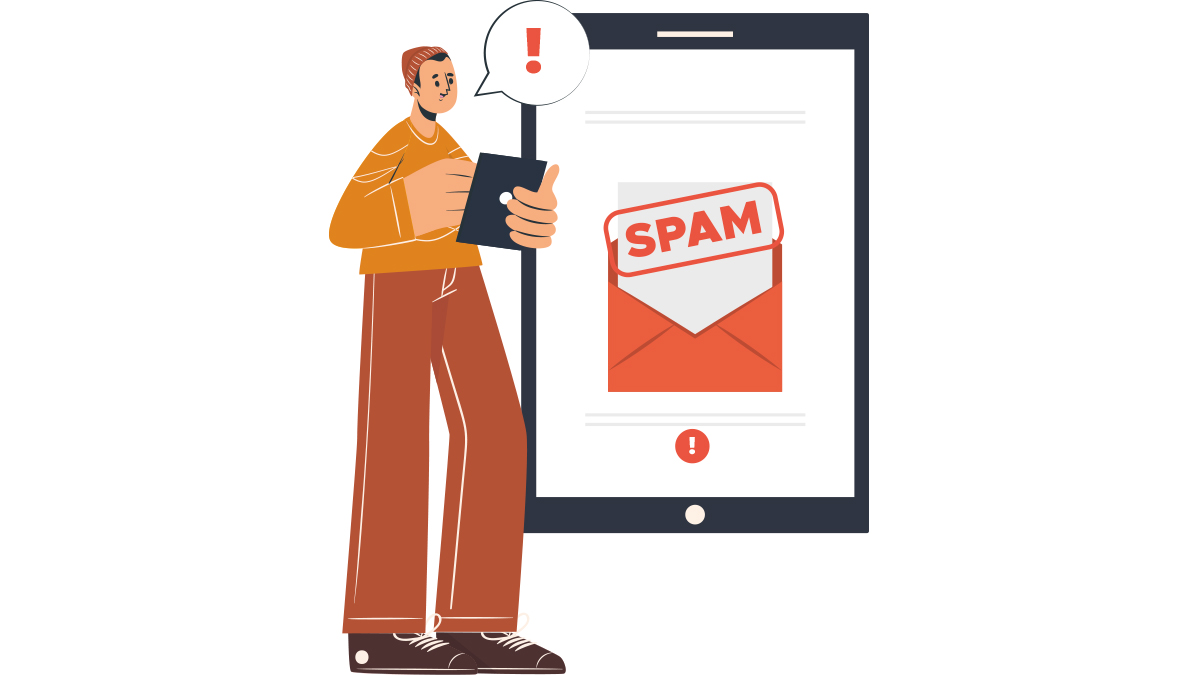
Have trouble explaining Email Marketing to others? Do you understand when Email Marketing becomes Spam? Do you understand what Spam is?
People normally assume that cold emailing is the same as spamming, but it’s not. There are quite a few differences and if you come up with a good strategy for your cold emails, you’ll understand how effective it can be.
Here, we break down Email Marketing into 5 easy to remember points and explain when emails can cross over into Spam territory.
Email Marketing is a Tactic
Email Marketing is a tactic used as a part of a larger outbound or inbound marketing strategy. Email Marketing involves sending commercial emails directly to potential or current customers. It is used to send ads, business requests, or solicit sales or donations.
Traditionally Misused
Email Marketing can be done to either cold lists or a current customer database.
When performed against cold lists, i.e. people who have not explicitly opted in to receive communications, Email Marketing is classified as Spam.
Due to its low cost, Email Marketing has traditionally been misused as spam, even by reputable companies.
Now Tightly Controlled
There are now strict laws against unsolicited emails.
Companies are required to receive explicit permission (opt-in) from recipients before sending emails, even if they are current customers. Large fines can and are issued to companies that send Spam. Additionally, companies are required to provide a mechanism to withdraw their permission at any time, i.e. unsubscribing.
To prevent Spam from countries that do not enforce Spam laws, there is ever-improving technology to block senders of Spam. However, this technology also negatively impacts the legitimate company’s trying to deliver emails.
With Two Types
There are two main types of Email Marketing:
1. TRANSACTION EMAILS
Transactional emails are usually emails sent in response to a customer or prospect’s action. For example, after a change of address, an online purchase, or a request to download a piece of free content.
The main purpose of transaction emails is to deliver information. However, they are also an opportunity to engage customers or prospects. You could include up-sell/cross-sell ads or simply anticipate and answer questions.
Promotional messages in transactional emails are much less likely to be flagged as spam, as long as they are secondary to the main information being delivered.
2. DIRECT EMAILS
Direct Emails can be sent solely to communicate a promotional message.
Even with explicit opt-in, direct emails are always at risk of being flagged as Spam and thus damaging the sending company’s deliverability. To be effective, direct emails should be sent the right message to the right person at the right time.
Usually Automated
Due to the volume and digital nature of Email Marketing, emails are almost always sent through an Email Marketing tool. Automating emails has many advantages for marketers, including:
- speed of sending
- the ability to track opens and clicks
- ease of creating professional-looking emails
However, automating emails can increase the chance of them being flagged as Spam. Due to increased volume, the risk of sending the wrong message to the wrong person at the wrong time increases significantly.
And there you go, 5 easy points to answer the question: What is Email Marketing vs. Spam? You should now understand how legitimate Email Marketing differs from Spam. If you want to know more about email marketing services that fit your needs, check this out.
Get in the driver’s seat and Connect with potential customers with PeaksLead.






Follow Us On